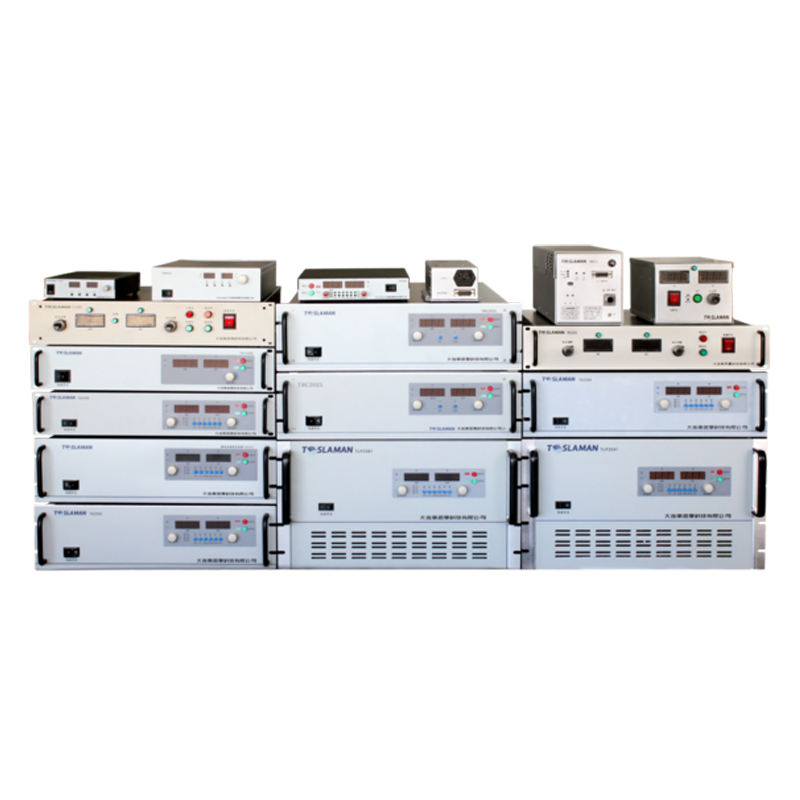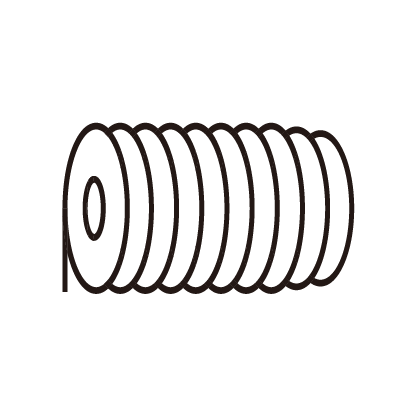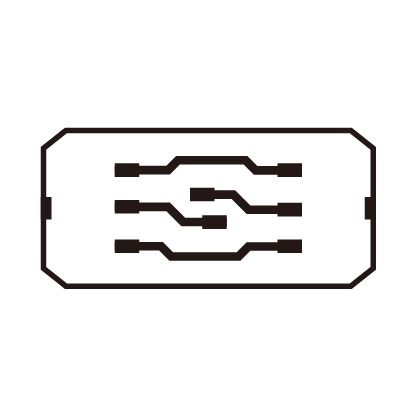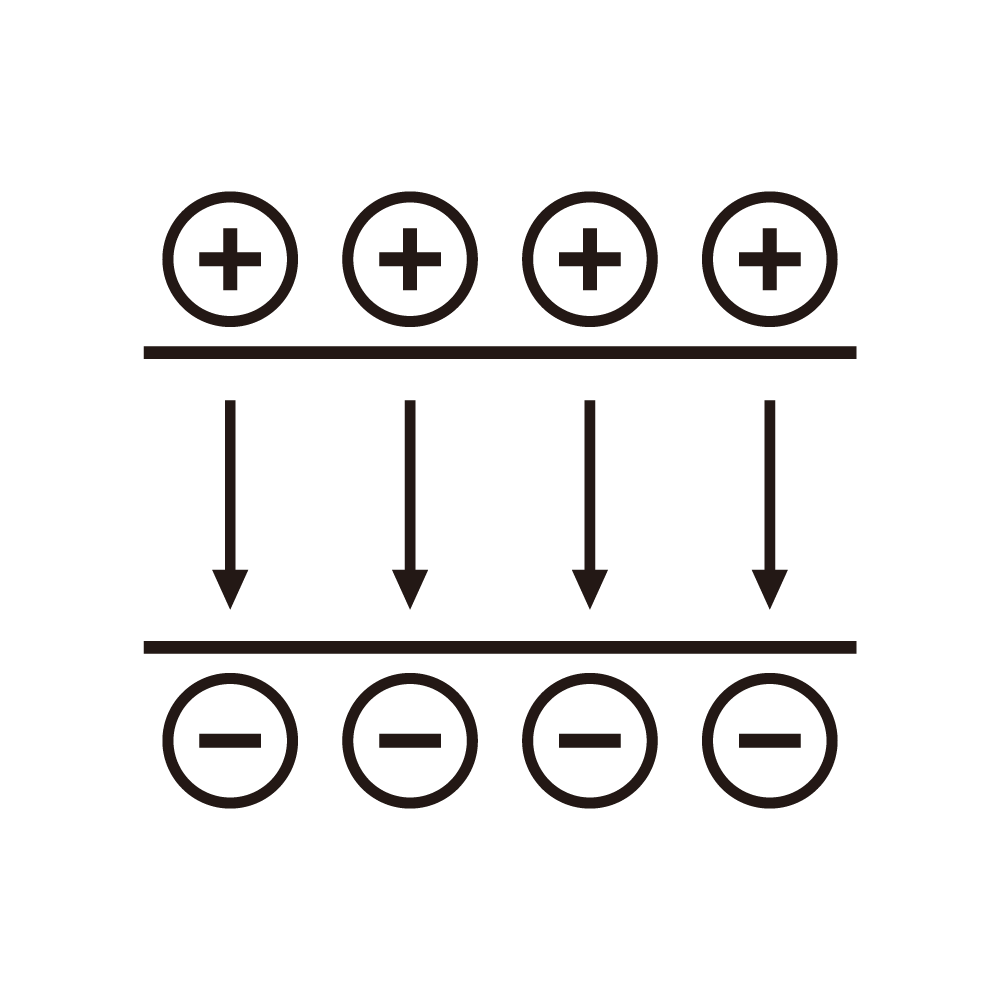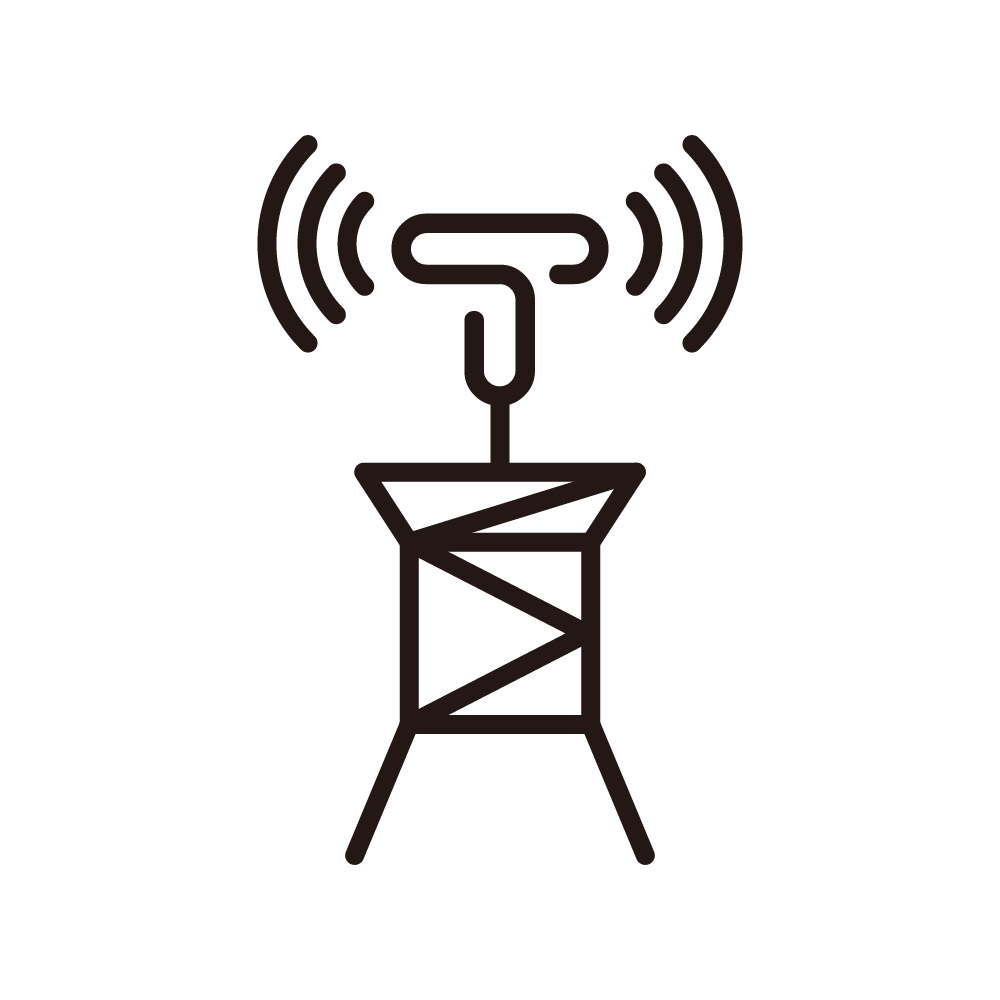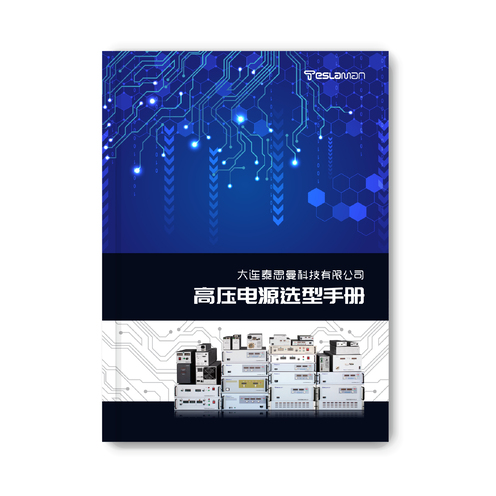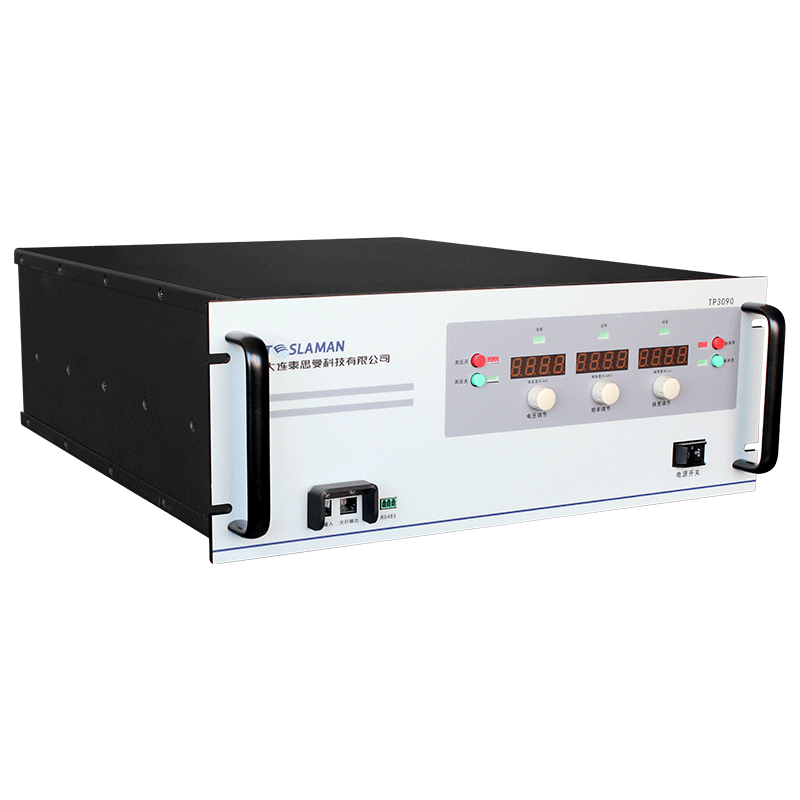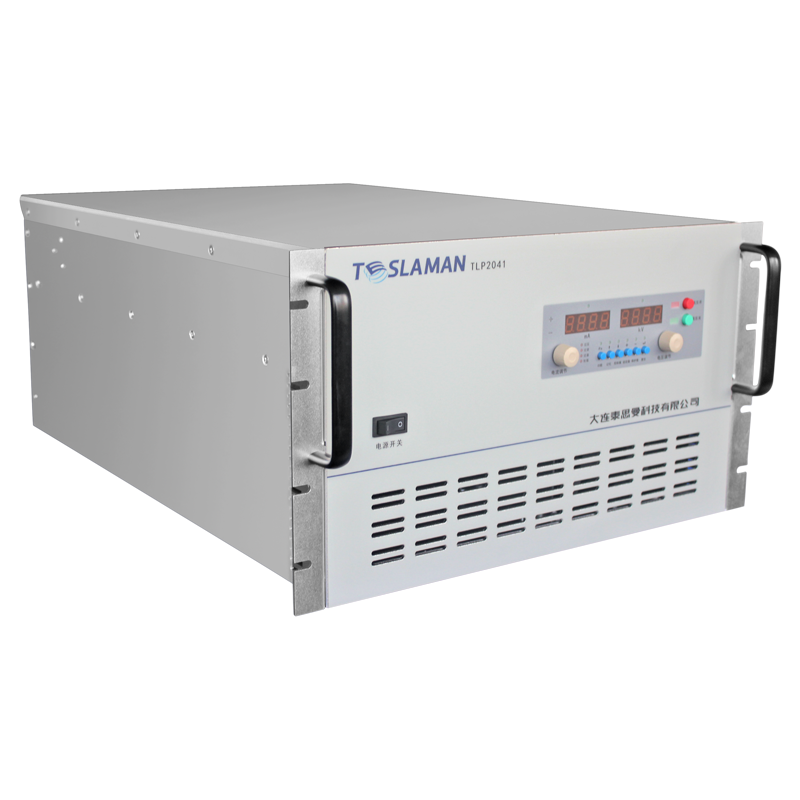Operation of Capillary Electrophoresis High-Voltage Power Supply
Capillary electrophoresis, as a highly efficient separation and analysis technique, is widely used in numerous fields such as biochemistry and pharmaceutical analysis. The capillary electrophoresis high-voltage power supply, a crucial component of this technique, requires proper operation to ensure the accuracy and reliability of experimental results.
Before turning on the capillary electrophoresis high-voltage power supply, meticulous preparation work is necessary. Firstly, ensure that the entire electrophoresis system is correctly and firmly connected. Check the connections between the capillary, the sampling device, the detection cell, and other components to ensure there are no liquid leaks or blockages. At the same time, confirm that the output cable of the high-voltage power supply is tightly connected to the electrophoresis tank to avoid poor contact, which may lead to voltage instability and affect the experimental results.
Once the preparation work is completed, the high-voltage power supply can be turned on. When starting it, it is essential to follow the operation sequence of first connecting the power supply and then gradually increasing the voltage. Never increase the voltage rashly without properly connecting the electrophoresis system or making preparations, as this may damage the equipment or cause safety accidents. The voltage should be increased slowly, generally in increments of 500 - 1000 volts per step. Meanwhile, closely monitor the display of various instrument parameters, such as current and voltage values, to ensure they are within the normal range.
During the capillary electrophoresis process, monitoring the parameters of the high-voltage power supply is of utmost importance. The stability of the voltage directly affects the electrophoresis separation effect. If the voltage fluctuates, it may cause the sample migration speed to be unstable, the peak shape to broaden or even deform, thus affecting the separation efficiency and the accuracy of quantitative analysis. Therefore, continuously observe the voltage display of the high-voltage power supply. Once abnormal fluctuations are detected, immediately find the cause and make adjustments. Current is also an important monitoring parameter, which reflects the operating state of the electrophoresis system. Under normal circumstances, the current will change regularly with the increase in voltage and the separation of samples. If the current increases or decreases abnormally, it may indicate problems such as capillary blockage, liquid leakage, or changes in the sample properties, and timely troubleshooting is required.
During the operation, temperature control cannot be ignored. The high-voltage power supply generates a certain amount of heat during operation, and long - term operation may cause the equipment temperature to rise. Excessive temperature not only affects the performance and lifespan of the high-voltage power supply but also has a negative impact on the electrophoresis separation, such as changing the physical and chemical properties of the sample, and thus affecting the separation effect. Therefore, ensure that the high-voltage power supply has good heat dissipation conditions. Heat dissipation can be achieved through methods such as installing a cooling fan or using a heat sink. At the same time, regularly check the equipment temperature. Once the temperature is found to be too high, suspend the experiment and allow the equipment to cool down before continuing the operation.
After the experiment, the operation of turning off the high-voltage power supply also requires caution. First, gradually reduce the voltage to zero and then cut off the power supply. This can avoid damage to the equipment caused by the instantaneous high voltage generated by sudden power outages. After turning off the power supply, the electrophoresis system needs to be cleaned and maintained. Clean the remaining samples and buffer solutions in the capillary to prevent them from drying up and blocking the capillary, which may affect the normal progress of the next experiment.
Proper operation of the capillary electrophoresis high-voltage power supply is a key link to ensure the success of capillary electrophoresis experiments. From the preparation work, power - on, parameter monitoring to shutdown and maintenance after the experiment, each step needs to be carried out strictly in accordance with the operating procedures to ensure the accuracy of experimental results and the safe and stable operation of the equipment. Only in this way can the advantages of capillary electrophoresis technology in various fields be fully exerted, providing strong support for scientific research and production.
